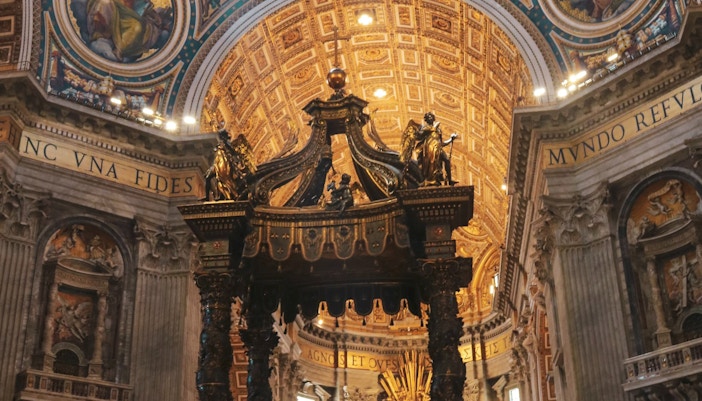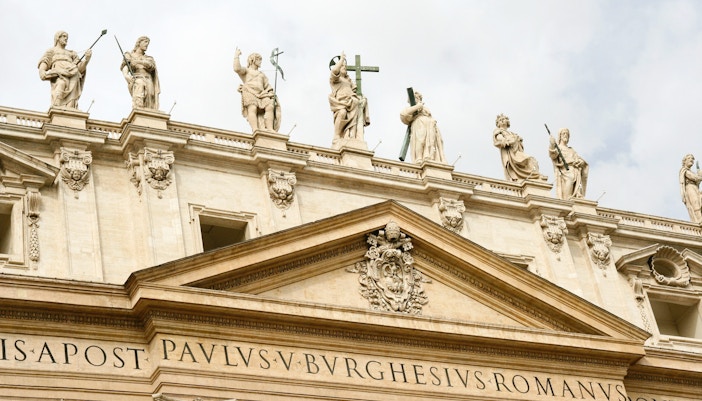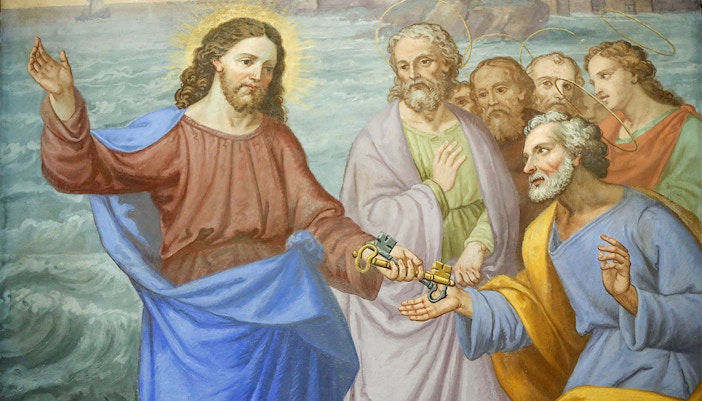Stages of Construction
Original Casa Batlló
Casa Batllo had a beginning before Antoni Gaudi turned it into a masterpiece. A wealthy family bought the property, with Emilio Sala Cortés designing the Casa Batllo in the 1870s. Thanks to the approval of an urban plan, Paseo de Gracia became a prominent street, increasing the demand for the land where Casa Batllo sits. Cortés, who was Gaudi’s professor at the School of Architecture, designed a modern structure despite the limitations of the time. Electric light wasn’t present in Barcelona, but Cortés managed to design a decent building in 1877.
Gaudi Steps in
Josep Batlló I Casanovas, a prominent industrialist and businessman, purchased the Casa Batllo property in 1900. He had a unique vision for the building and recognized Antoni Gaudi as the man to make it happen. Gaudi had a sizable reputation at the same and began working on the property starting in 1904. He completed the renovation in two years, transforming his professor’s design into a marvelous building with lots of color and unique architectural elements like broken ceramics. The Modernisme style used by Gaudi set the stage for a new architectural movement in the 20th century.
Post Gaudi Period
The 1930s was a tumultuous period for Casa Batllo. Its owner, Josep Batllo, died in 1934, and the building suffered severe blows in the Spanish Civil War. After the war, the Batllo family sold the property in the 1950s, with several owners living in the building until the 1990s. Candy company Chupa Chups bought the home, carrying out restorations and restoring the building to its former glory. The property was opened to the public in 2002, giving them a close-up view of its majestic architecture and interior. Casa Batllo was listed as a UNESCO World Heritage Site in 2005.





